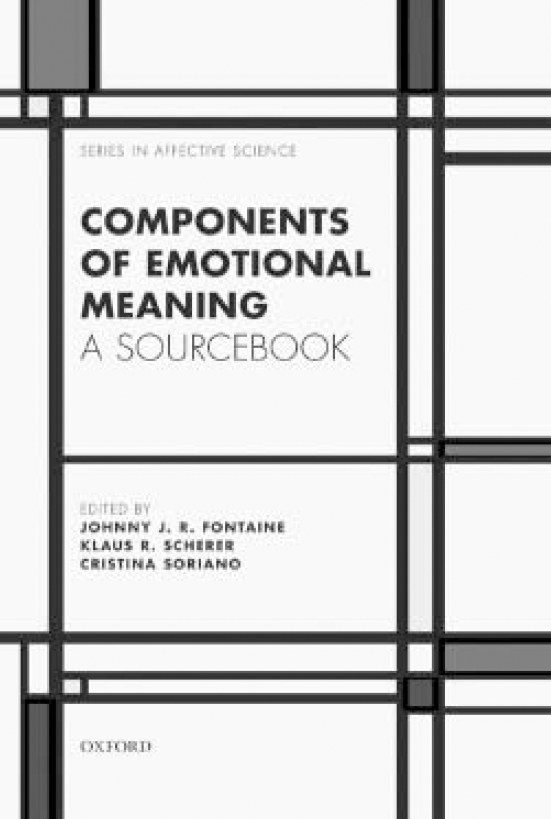
Emotions have gradually replaced instincts in human evolution, allowing flexible and varied responses in a more complex environment. However we understand the exact nature of an emotion (and there is relatively little common agreement on this), it is apparent that we can examine the local meaning of an emotion term in different languages and contexts. The large international project reported on here is driven by psychology but informed also by philosophy, anthropology and linguistics. Forty-five papers (none from Britain) evaluate the development and findings of a Swiss-driven cross-cultural and cross-disciplinary project which presumes that emotion is an episode during which different subsystems (components of an emotion) are coordinated to adapt to environmental contingencies, and that emotion labels vary cross-culturally depending on what subsystem they emphasise. Some, for instance, emphasise the factors that give rise to an emotion (e.g. being jostled leading to anger), whereas others emphasise physiological aspects or interpersonal consequences (e.g. blushing when shamed leading to avoidance of others).
There are interesting general discussions here on the role emotion terms have in ‘anchoring’ a particular emotion, and on the translation of emotion terms from one language into another, but the book concentrates on the development of an instrument (the GRID) intended to empirically assess the meaning of emotion words in different languages through 142 emotion features. These features are grouped as the appraisal of the situation causing the emotion, the bodily symptoms, facial and bodily expression, resultant actions, subjective feelings and the degree of experienced control. Twenty-four emotion terms in English, along with their usual translations in 24 languages (largely Indo-European) are sampled in 27 countries.
Multiple cross-correlations help to answer certain basic questions as to the relative weight of linguistic and cultural influences. Thus despair (in English) and etsipera (Basque) have more in common with each other than either do with desesperación (Spanish), the former being instances of a more general sadness category. Is toska (Russian) closer to English sadness than to anxiety or fear? Yes. Pride in Northern Italy (orgoglia) seems more personal and ego-related than in the South. In general, guilt cognates appear more concerned with other people than the traditional guilt/shame dichotomy of American anthropology would argue. And happiness in the USA seems more associated with personal achievement than in Japan, where it goes along with the fulfilment of others’ expectations. So, some predictions verified, some not.
The GRID instrument seems well adapted for work in different Indo-European languages. In practice, it appears less successful for comparing others, presumably because a commonultimate language origin directs us to the more evidently comparable terms. That, together with the GRID being a fairly lengthy and sophisticated procedure, would appear to limit its practical use. Nevertheless, its initial conclusions promise fascinating data for the future. What, I wonder, of societies where moral imperatives take the place of an affective psychology, such as the Chewong who famously have a lexicon of only seven ‘emotions’? How concise, how anchored, are these seven? We now have a tool for looking at these questions from a more systematised point of view.





eLetters
No eLetters have been published for this article.